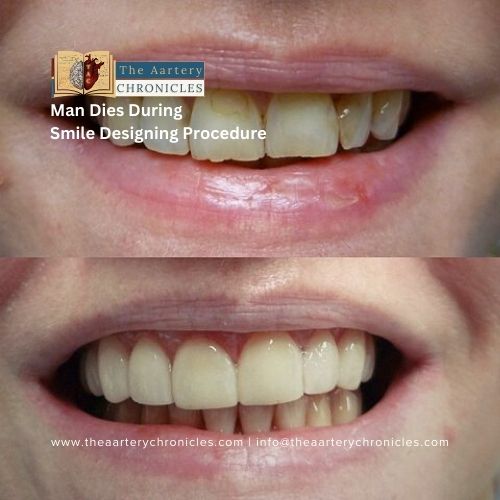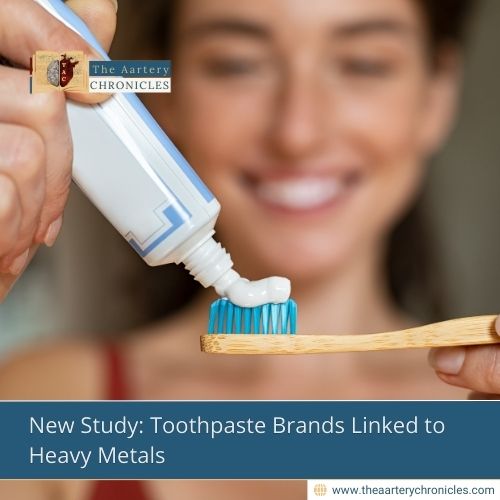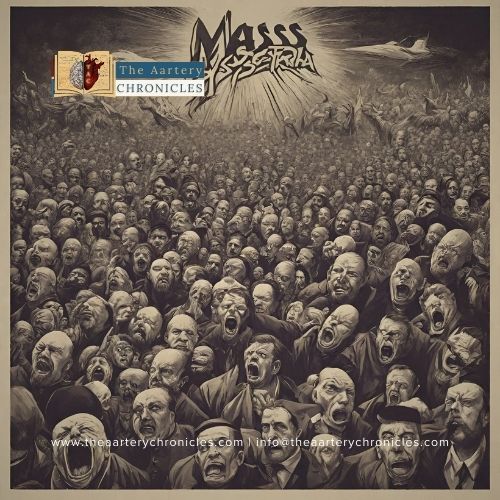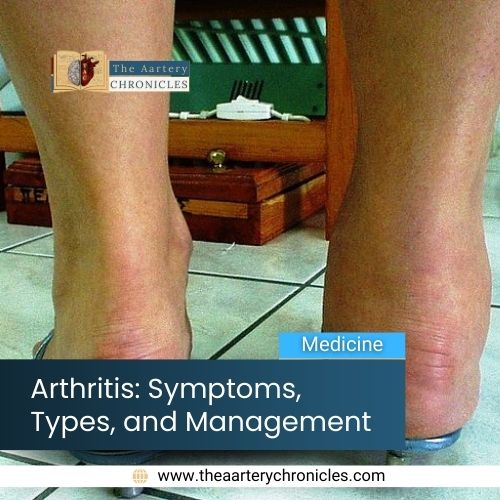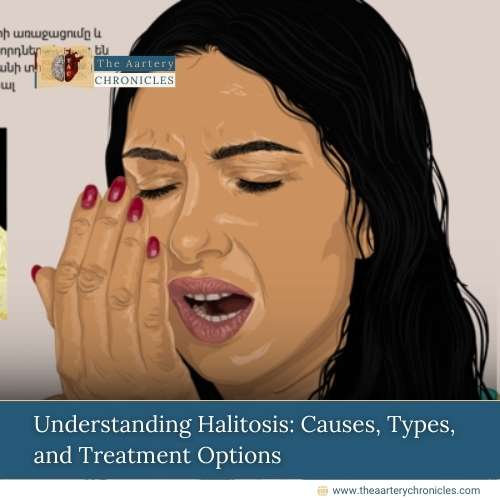

Understanding Halitosis: Causes, Types, and Treatment Options
Introduction
Have you ever worried about your mouth odour? It’s a common concern, especially before important occasions like interviews or dates, where bad breath can feel like a nightmare. Halitosis, also known as bad breath, is a transient condition. It usually results from consuming strong smelling food items like, onion and garlic, drinking alcohol, using tobacco, or poor oral hygiene. However, it is important to note that if bad breath persists or occurs repeatedly, it is crucial to seek dental advice.
So, let’s dive into this comprehensive article to learn more about halitosis, including its causes, diagnosis, and management.
Halitosis: What is it?
Halitosis is derived from the Latin words halitus and osis, meaning “pathological alteration of breathed air”. Halitosis, commonly known as malodour or foul breath, is an undesirable odour that originates from the oral cavity and can cause social concerns. Although some consider it a taboo topic, it affects individuals of all ages and gender. And, the intensity of bad breath increases with age. According to research, 1 in every 4 people suffer from halitosis globally.
Halitosis can be broadly classified as:
- Genuine Halitosis: As the name suggests, these individuals are ones that genuinely experience bad breath due to an underlying cause. They are treated based on the specific etiology.
- Delusional Halitosis: Also known as imaginary halitosis, this condition occurs when a patient is convinced, they have bad breath, even though they do not.
- Halitophobia: Halitophobia is defined as an excessive fear of having bad breath, which causes social embarrassment. Patients with this condition are usually referred to a psychologist for management.
What Causes Halitosis?
Halitosis is an etiologically complex condition. To comprehend it better, the probable causes are classified as
Psychological Causes: It involves the accumulation of saliva and the breakdown of food particles tuck between the teeth and gums during sleep. This causes morning halitosis or morning foul breath.
Pathological Causes: Pathological causes can be further divided into intra-oral and extra-oral causes.
- Intraoral causes: Mucosal lesions, dry mouth (xerostomia), periodontitis, and microbial infections contribute to bad breath. Microbial decomposition is the most common cause of malodour. This results in the production of volatile sulfur compounds (VSCs) like hydrogen sulfide, which causes bad breath.
- Extra-oral causes: Halitosis has been associated with various systemic disorders, including diabetes mellitus, hepatic and renal failure, peptic ulcers, upper respiratory tract infection, GERD, and menstruation.
Certain medicines including antihistamines and lithium salts, have also been linked to bad breath.
How to diagnose Halitosis?
- Case History: A questionnaire is used to gather information on the disease, including duration, frequency, symptoms, habits, diet, and medical/dental history.
- Organoleptic testing: Following a thorough initial examination, a subjective assessment of bad breath is performed. It is considered the gold standard for diagnosing oral halitosis. The intensity of smell is measured on a five-point scale (0-5), which is as follows:
0: no odor
1: barely noticeable
2: slight but clearly noticeable
3: moderate
4: strong
5: extremely strong
3. Gas Chromatography: Another widely used technique for diagnosing oral halitosis is gas chromatography. This method detects VSCs in air, saliva, and crevicular fluid, even at low levels.
Other well-known methods include the BANA test, salivary incubation methods, and dark field contrast microscopy.
How to manage Halitosis?
Management of oral halitosis largely depends upon the causative factor. It involves masking bad smell, neutralising volatile sulphur compounds in the oral cavity, and reducing the causative agent both mechanically and chemically.
- Mechanical reduction of microbes:Biofilm removal is the primary therapeutic goal.Alongside scaling and interdental cleaning, thorough tongue brushing and cleaning significantly lowers malodour and controls plaque.
- Chemical reduction of microflora: Mouthwash rinses are included in this regimen. Chlorhexidine is the most commonly used product for antibacterial purposes. Alternatively, mouthwashes containing hydrogen peroxide, essential oils, and triclosan can also be used effectively in its stead.
- Masking bad breath: Various products like mints, chewing gums, tooth sprays, and peppermint oil are available to conceal bad breath temporarily. However, these solutions are only effective for a short while. Halitosis is significantly influenced by diet as well. Patients who smoke or use tobacco are encouraged to quit as it exacerbates bad breath.
A wide variety of agents like chlordioxide, zinc acetate can be used to oxidize the sulfur compounds and reduce the intensity of bad breath.
Conclusion
Halitosis has been underappreciated as a significant dental problem for a long period of time. However, it has a major impact on people’s social life and relationships if not treated adequately. Not just that, it impacts the patient’s mental health as well. It is important to create awareness about the intra – oral causes of the problem and get them treated to get rid of that poor breath.

Dr. Yuganshi Arora
Reviewed by: Dr. Anjali Singh

